Clearing Cache in WordPress: A Guide
In web development, clearing cache in WordPress greatly improves your site’s speed. WordPress cache management boosts user experience. It ensures visitors see the latest content. This guide shows how to clear cache well. It answers questions like how do I clear the cache in WordPress.
Managing cache right stops old content issues and speeds up your site. You can clear the cache through plugins, browser settings, or hosting. To learn more, visit this guide.
Understanding Cache in WordPress
Caching helps make WordPress websites run smoother and faster. It’s about keeping some data ready so the site loads quickly. This process cuts down how often your site asks the server for information. When used right, caching makes websites more enjoyable for visitors and runs more efficiently.
What is Caching?
Caching means keeping a static version of your site handy. This makes the site load faster and lightens the server’s work. It’s especially useful when updates happen often. With good caching, any site changes appear quickly for users. This keeps the site running smoothly, even as it gets updated.
Types of Caching in WordPress
WordPress uses different caching methods to enhance site performance. Here are the main types:
- Browser Cache: Stores site info on visitors’ devices for quicker access later.
- Server-Side Cache: Includes HTML, object, and MySQL caching to improve backend operations.
- Cache Plugins: Plugins like WP Rocket and WP Super Cache simplify caching to help with site traffic.
These caching types are crucial for WordPress. They help sites manage more visitors while keeping loading times short.
| Type of Caching | Primary Function | Benefits |
|---|---|---|
| Browser Cache | Saves site data locally | Reduces loading time for repeat visitors |
| Server-Side Cache | Manages server load | Enhances website’s handling capacity |
| Cache Plugins | Automates caching processes | Improves performance and SEO optimisation |
The Benefits of Clearing Cache in WordPress
Clearing cache in WordPress boosts your site’s speed and keeps content fresh. Doing this often makes sure your website runs faster. Plus, it ensures visitors see the latest stuff on your site. Let’s look at two main benefits.
Improved Site Performance
Clearing cache means better site speed. It lets servers send updated files quicker, making sites load faster. If a site takes too long to load, most people will leave it. Speedy sites keep everyone happy and can cut your costs too.
Up-to-date Content Delivery
Updating content keeps your site interesting. Clearing cache means updates, or new posts appear right away. It’s important for keeping your site looking fresh. Also, it helps with staying on top of search results.
How Do I Clear the Cache in WordPress?
Clearing the WordPress cache helps your site run fast and shows the latest version to visitors. Many people find using plugins easy for managing cache. More than 6 million sites use LiteSpeed Cache, and others like WP Fastest Cache and W3 Total Cache are also popular.
First, see if your WordPress site has a caching plugin. If it does, you need to go to the plugin’s settings to clear the cache. Each plugin works a bit differently, but generally, you:
- Log in to your WordPress dashboard.
- Locate the caching plugin section, usually found in the left sidebar.
- Look for a “Clear Cache” or “Purge Cache” button.
- Click the button to clear cached files.
Managed WordPress hosts often have their caching systems. On basic plans, cache clearing might be automatic. However, you should do it manually after updating content. If you use a CDN like Cloudflare, remember to clear its cache as well.
Sometimes cached files can mess up how updates show. This affects 82% of users. Clearing your cache often keeps your site fast for visitors. Do it especially after updating themes or plugins. Using plugins like WP Rocket makes this easy.
| Caching Plugin | Active Installations | Unique Features |
|---|---|---|
| LiteSpeed Cache | 6 million+ | Server-level caching and extensive optimisation options. |
| WP Fastest Cache | 1 million+ | User-friendly with a 4.9 out of 5 user rating. |
| W3 Total Cache | 1 million+ | Comprehensive features for enhanced site performance. |
| WP Super Cache | 1 million+ | Developed by Automattic and highly recommended. |
| WP Rocket | Premium | Known for simplicity and effective caching techniques. |
Having a routine for cache management helps your site run smoothly. It improves how users feel about your site and how well it ranks in searches. Always clear your cache after making updates to keep your WordPress site at its best.
Clearing Cache in Your Browser
Clearing your browser’s cache means you get the freshest version of websites. This includes your WordPress sites too. Each web browser has its own way to clear cache. So, it’s important to know how to do it for Chrome, Firefox, and Safari. Doing this removes old files you don’t need.
Steps to Clear Cache in Google Chrome
To get rid of cache in Chrome, just follow these steps:
- Open Chrome and click on the three vertical dots at the top right.
- Choose “More tools,” then select “Clear browsing data.”
- Choose how far back you want to clear using the time range. Pick “All time” for a full clean.
- Make sure the “Cached images and files” box is ticked.
- Hit “Clear data” to finish off.
Steps to Clear Cache in Firefox
For Firefox cache clearing, stick to these instructions:
- Start Firefox and click the three horizontal lines at the top right.
- Hit “Settings,” then head over to “Privacy & Security.”
- Go down to “Cookies and Site Data” then press “Clear Data.”
- Tick the box for “Cached Web Content.”
- Press “Clear” to get rid of the cache.
Steps to Clear Cache in Safari
Follow these steps to clear cache in Safari:
- Launch Safari and click “Safari” at the top menu.
- Go to “Preferences,” then to the “Advanced” tab.
- Turn on “Show Develop menu in menu bar.”
- Then, click “Develop” in the menu and choose “Empty Caches.”

Using WordPress Caching Plugins
WordPress caching plugins boost your website’s speed. They make storing dynamic data easier to manage. This ensures your content loads quickly. WP Rocket and W3 Total Cache are among the top choices. They help clear cache smoothly and fast.
How to Clear Cache Using WP Rocket
WP Rocket stands out for being easy to use. Here’s how to clear cache with it:
- Log into your WordPress dashboard.
- Navigate to the WP Rocket settings.
- Click on the “Clear Cache” button.
By doing this, you clear all cached content. This means users see the most recent information. WP Rocket also speeds up your site with GZIP compression and lazy loading.
How to Clear Cache Using W3 Total Cache
W3 Total Cache is trusted by many, with over a million installs. To clear cache using it, follow these steps:
- Access your WordPress dashboard.
- Locate the “Performance” tab in the menu.
- Select “Dashboard”, then click on “empty all caches”.
It’s wise to clear your cache often. This is important when updating your site or fixing problems. WP Rocket and W3 Total Cache are key for managing your site’s cache. They help your site work better.
| Plugin | Active Installs | Key Features |
|---|---|---|
| WP Rocket | Premium plugin | Easy to use, GZIP compression, lazy loading |
| W3 Total Cache | Over 1 million | Comprehensive caching options, CDN integration |
| WP Super Cache | Over 2 million | Static HTML files, user-specific caching |
| WP Fastest Cache | Over 1 million | Automatic cache clearing, simple setup |
Adding these plugins to your site can improve loading times. A better user experience could also improve your Google rank. Keep your content fresh and relevant by regularly clearing the cache.
Clearing Cache at the Hosting Level
Good cache management in WordPress hosting needs looking past usual site tweaks. It plays a big role in your website’s speed and how users enjoy it. Most hosting services have built-in cache tools to cut load times and boost speed.
For example, hosts like Bluehost and SiteGround have easy dashboards for clearing host cache. Clearing cache lets users see your newest updates quickly, without old data slowing things down. Many cache plugins, like WP Super Cache and W3 Total Cache, match well with these host tools, improving your site’s work.
Managing hosting level cache lessens the load on servers. There are server cache options, like local caching and using caching servers. These methods speed up page loading and save server power, which is vital for busy sites.
When using cache plugins, they often use the ‘wp-content/cache’ folder for storing cache. Sometimes, manual clearing through FTP can fix issues or help with detailed cache control.
Keeping server cache up to date is key, especially after big changes to your site. Regularly clearing your host cache keeps your site fast and smooth for visitors. To learn how to clear your cache well, check out guides on hosting sites, such as this detailed guide.
Tips for Effective Cache Management
Managing your cache well is key to making your WordPress site run faster. Getting your cache expiration just right means visitors will see fresh content quickly. Good cache management makes your site more efficient and enjoyable to use.
Setting Cache Expiration Periods
It’s important to set the right cache expiration times. This is about deciding how long to keep cached files before updating them. The right settings ensure your site loads fast without showing old content.
- Static Files: Cached images, scripts, and stylesheets should have longer expiration periods to reduce server load.
- Dynamic Content: Pages frequently updated, like blogs or news sections, should have shorter expiration settings to reflect changes promptly.
- Object Cache: For sites that rely on dynamic content, managing object cache expiration can significantly enhance performance while ensuring data accuracy.
Tools like WP Super Cache and W3 Total Cache make it easier to handle these settings. Understanding how to configure these plugins allows you to adjust cache times to meet your site’s needs.
A smart cache strategy can make your site 2 to 5 times faster. Following the best practices for caching improves speed and reduces problems caused by old data. Regular checks and tweaks help keep your site fast and current.
| Cache Type | Expiration Setting | Purpose |
|---|---|---|
| Static Files | 1 month | Minimise server requests for unchanged content |
| Dynamic Content | 1 hour | Ensure recent updates are displayed |
| Object Cache | 2 hours | Maintain responsive retrieval of frequently accessed data |
Proactively setting cache expiration helps manage your WordPress cache. It ensures a smooth and fast experience for all users.
Conclusion
Clearing the cache in WordPress is very important. It helps keep your site fast and makes sure visitors see the newest content. Using good cache management improves your site’s speed. This leads to a better experience for users and higher SEO rankings.
Website owners should use caching tools like WP Rocket and W3 Total Cache. These tools make clearing the cache easy. By doing this regularly, every 12-24 hours, your site always shows the latest updates to visitors.
Understanding cache management is key for website success. It makes your site work better and keeps visitors happy. By following these cache strategies, your WordPress site will run smoothly.
FAQ
What is caching in WordPress?
Caching in WordPress saves temporary data to boost website speed. It cuts down on loading times by reducing repeated data fetching, making sites faster for users.
Why should I clear the cache in WordPress?
Clearing the cache boosts your site’s speed and ensures the latest content shows. It helps avoid differences between updates and what users see, enhancing the overall experience.
How do I know if I have a caching plugin installed?
To check for a caching plugin, go to your WordPress dashboard’s “Plugins” section. Look for well-known plugins like WP Rocket or W3 Total Cache among those installed.
What methods can I use to clear my browser cache?
You can clear your browser’s cache by following its specific instructions. For instance, in Google Chrome, go to Settings > Privacy and Security > Clear Browsing Data. Firefox users should head to Options > Privacy & Security > Clear Data. Safari users, choose Preferences > Privacy > Manage Website Data, and then remove the data stored.
How does server-side caching differ from browser caching in WordPress?
Server-side caching saves data on the web server to handle traffic better and speed up loading. Browser caching stores website information on users’ devices for faster access to sites they’ve visited before.
What actions do I need to take to clear the cache at the hosting level?
To clear cache at the hosting level, log into your hosting account. Look for cache management in the dashboard. Providers like Bluehost and SiteGround offer these tools as part of their services.
How often should I clear the cache?
Clear the cache whenever you update your site substantially. This includes changes to content, design, or features. Also, regularly clearing the cache keeps your site running smoothly.
What are some effective cache management tips for WordPress?
For effective cache management, set suitable cache expiry times to balance fresh content and performance. Regularly clearing the cache and correctly configuring your caching plugins will greatly improve your website’s speed.
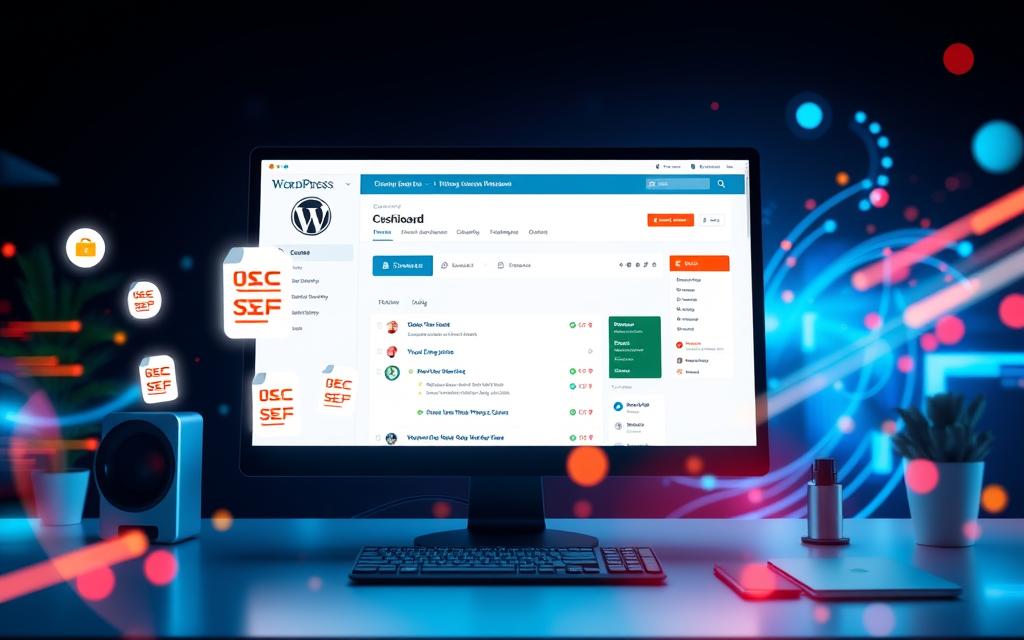








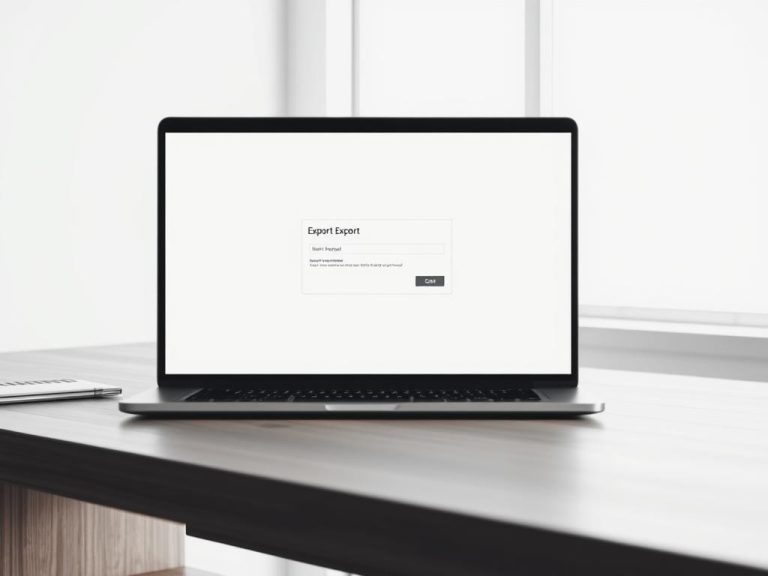
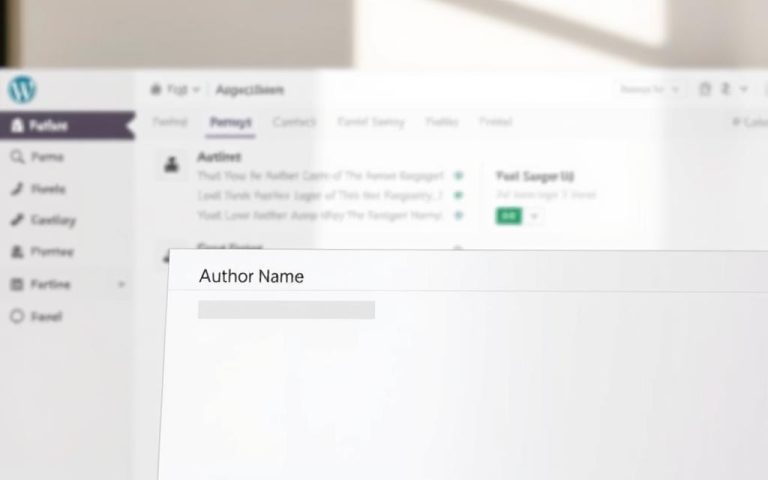

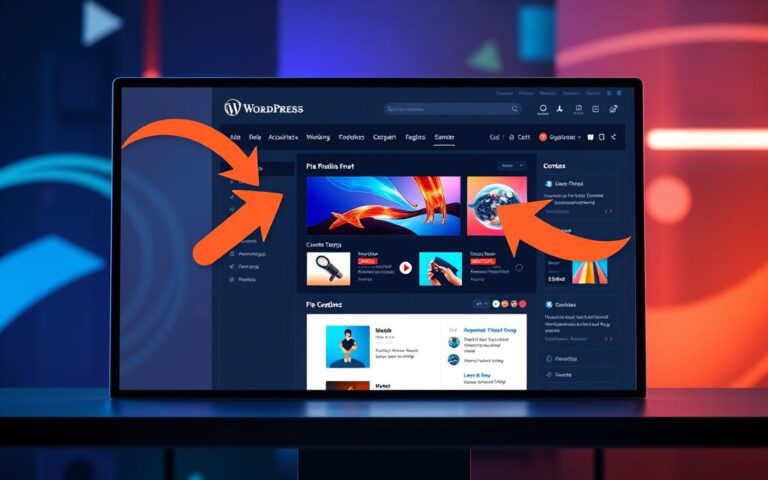
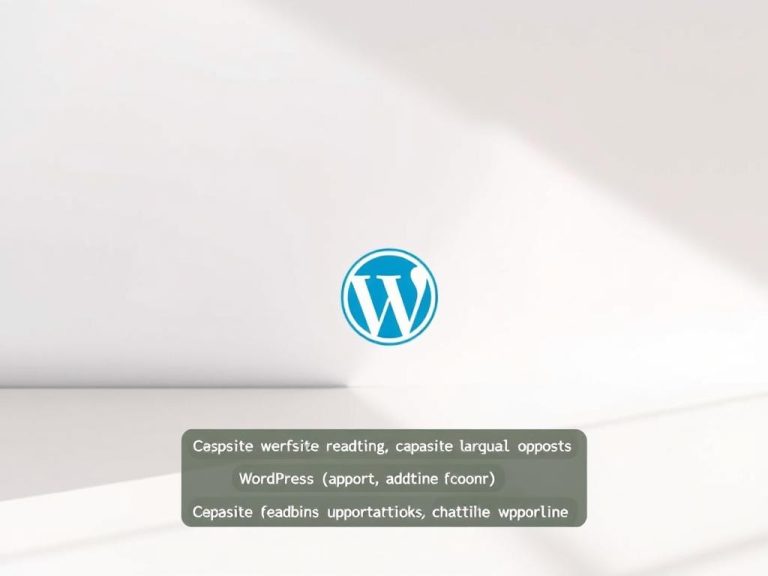

2 Comments